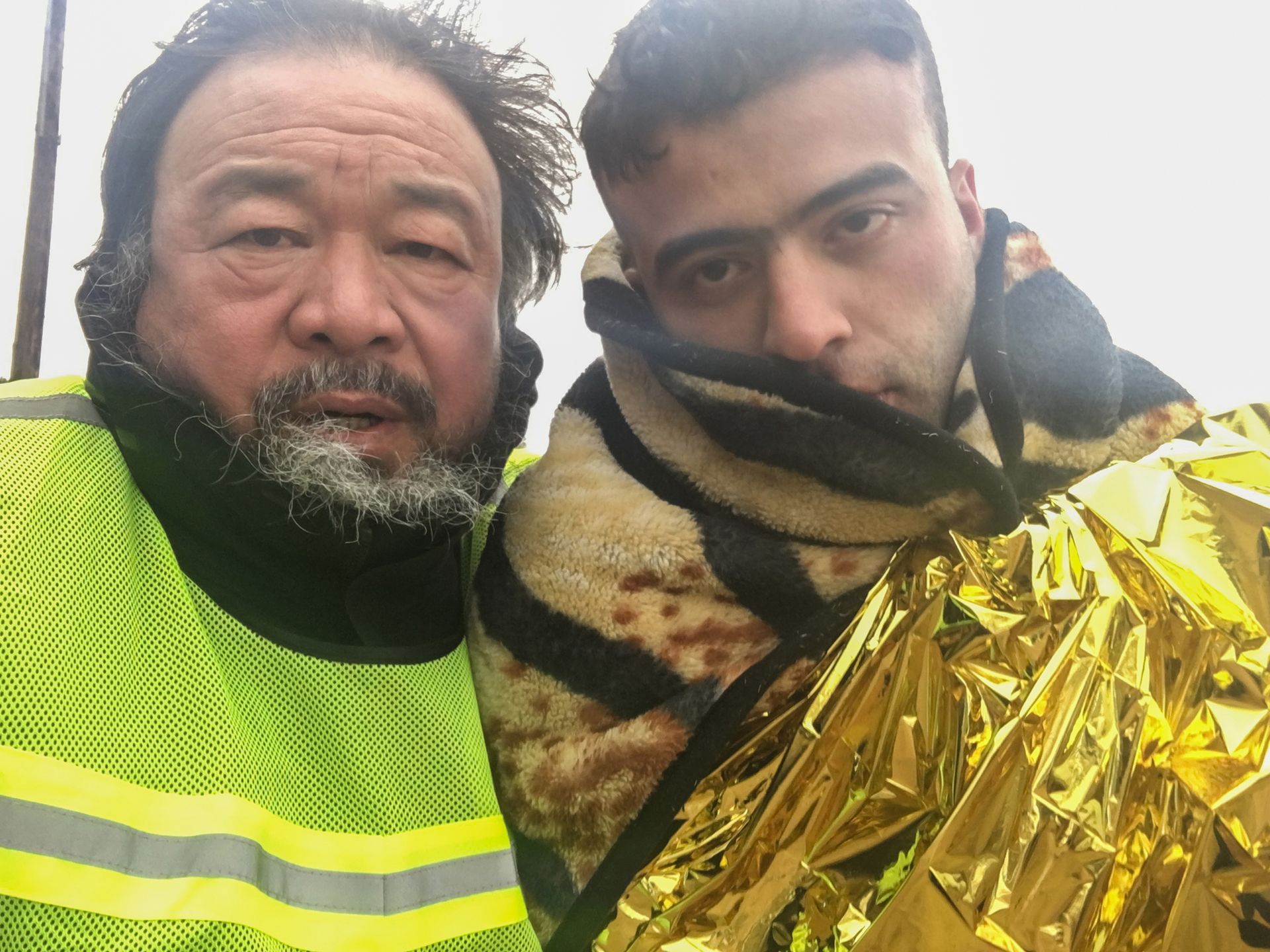Around 16,500 photographs taken by the Chinese activist-artist Ai Weiwei just before and after his 2011 arrest in Beijing are on view in the exhibition #SafePassage at the Fotografiemuseum in Amsterdam (until 7 December). The images, mostly captured on Ai’s mobile phone, show the “struggle between the individual and systemic structures that dominate society,” says Mirjam Kooiman, the museum’s curator—plus it offers a inside peek at the artist’s life. “It’s like we’re looking at his iCloud”.
The exhibition starts with a series of artistic interventions that Weiwei conducted before he was arrested and continues with photographs that chronicle the artist’s life under surveillance, when he was detained by police for 81 days and barred from leaving China, until his passport was returned in 2015, moving into more recent images, like a selfie he took with a refugee on the beach of Lesbos, Greece in 2016. “Ai sought to regain a sense of control, as well as to challenge and invert the constant invasion of his privacy”, Kooiman says. “The photographs weren’t made with an artistic purpose but as documentation, and over time they gained meaning and are now presented as autonomous works of art.”

The show includes stills from the four, 24-hour cameras that the artist installed around his home in 2012 on the one-year anniversary of his detention. The website that livestreamed the footage was shut down by authorities just 46 hours after it went live, but received around 5.2 million views during that time. There are also marble sculptures that “give a conceptual meaning and add philosophical reflections to the photographs”, Kooiman says. For example, Tyre (2016) feature two sculptures of lifebuoys that resemble those used by refugees trying to cross from Turkey to Greece. “The use of fine marble seems to typify the Classical antiquity period that is considered to have shaped the roots of Europe,” Kooiman says, but it also serves as a contrast to “the crisis that is shaking Europe’s foundations in light of the on-going disagreement about aid measures for refugees between its states”.

